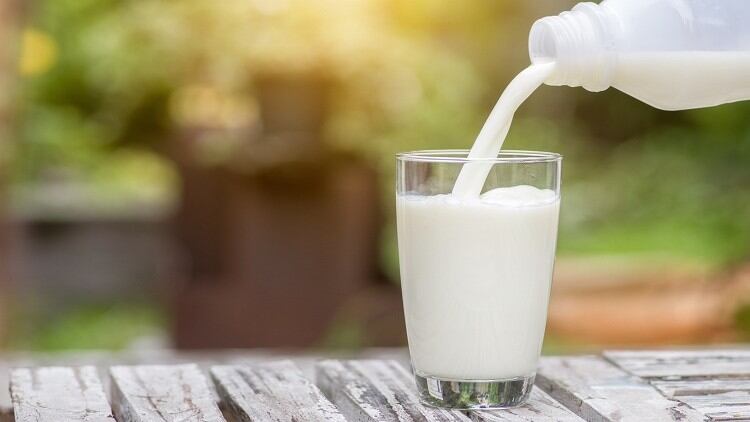Dr Jorn Trommelen, assistant professor at Maastricht University and Dr Stuart Phillips, professor at McMaster University, along with Dr Vicky Davies, who is FrieslandCampina Ingredients’ global senior marketing director for performance, active and medical nutrition, were speaking at a webinar organised by the company.
Phillips said that protein intake was essential, especially in periods of inactivity.
“Even as innocuous as what a lot of people are going through right now during the pandemic, spending a lot more time being sedentary causes people's muscle mass to decline quite sharply.”
He advised to maintain a higher protein intake even with limited movement to mitigate some of the muscle mass loss, which in some cases, can lead to permanent disability.
Dose
According to experts, the dose, protein source and frequency of protein intake was key to efficient absorption in the body.
Phillips said current recommendations of protein intake for older people is 1 to 1.2g of protein/kg of body weight for healthy people, and up to 2g of protein for people suffering severe illness, injury or malnutrition.
“When it comes to protein dose, it is very clear that older individuals require more protein on a per meal basis than younger individuals.”
According to Phillips, many intervention trials on higher protein intakes and its benefits on elderly have mixed results.
“A number of intervention trials have failed to actually achieve the actual intake. For instance, in older individuals, 1.2 grams of protein per kilogram per day may be the minimum that is required for these people to see a benefit.”
However, it was important to emphasise that most people do not consume protein throughout the day.
“Most people only reached their protein threshold once during the day, usually dinner time.”
He added: “Older people need to focus on increasing the quantity of protein consumed as well as the quality of protein, which would be high in leucine.”
Phillips said more research, longer trials and higher protein doses would be needed to study protein’s effects on the ageing process.
Source
Trommelen agreed that protein source was key to optimal absorption, and that not all proteins were created equal.
For the same amount of protein, he said dairy protein was more effective than plant-based proteins.
“Animal-based proteins typically have better absorption and higher in leucine, an amino acid than plant-based proteins.” Dairy proteins are naturally higher in leucine.
“If you consume a lot of plant based protein, we recommend increasing the dose to compensate the lower quality, and we recommend three to five meals distributed over the day, comprising the three main meals, a post exercise meal, and a pre-sleep meal.”
Phillips said plant-based proteins such as soy, pea, rice, collagen must be consumed almost twice or four times (for collagen) than dairy proteins (whey) to incur similar effects.
Frequency
Trommelen further explained that the frequency of protein intake was key to improving muscle protein synthesis, especially among athletes.
For athletes, the majority of their protein intake is within the three main meals.
“While this looks like a reasonable distribution throughout the day, we realised that dinner is the last protein rich meal of the day, and it can be easily somewhere between 10 to 14 hours between dinner and breakfast the next day.”
In a study he conducted, he said subjects given an additional protein shake before midnight achieved better muscle protein synthesis overnight than subjects without the protein shake.
He recommends consuming protein every four to five hours to enhance this rate.
He said athletes need about 1.6g to 2.2g of protein/kg of body weight, and suggest 20g of protein per meal, and 40g of protein right before bed.
“We recommend that you consume meals that contain at least 20 grams of protein, but a higher protein containing pre-sleep meal is recommended because it has to sustain you the whole night.”
Delivery format
While protein can be obtained from the regular diet of meat and vegetables, Davies pointed out the convenience format was growing in protein-based products.
“We see growing interest for products that could be consumed on the go. We also see more people snacking, so instead of having three large meals a day, there is a trend towards more snacking throughout the day or smaller but more frequent meals.”
Some examples of these delivery formats include protein shots, sarcopenia powders, protein jelly especially within medical nutrition, as well as protein water and protein gel in active and performance nutrition.




